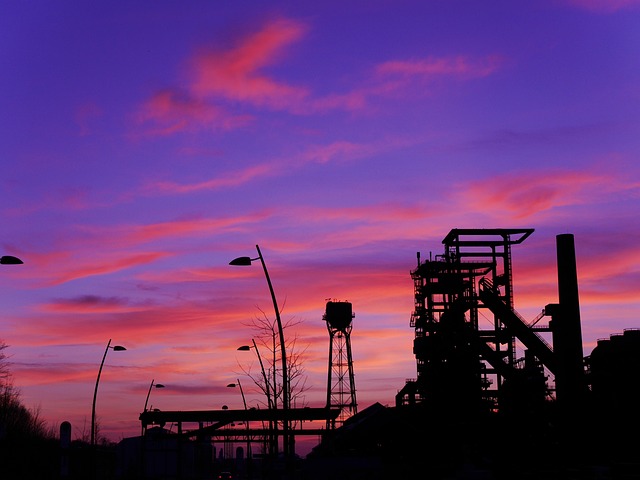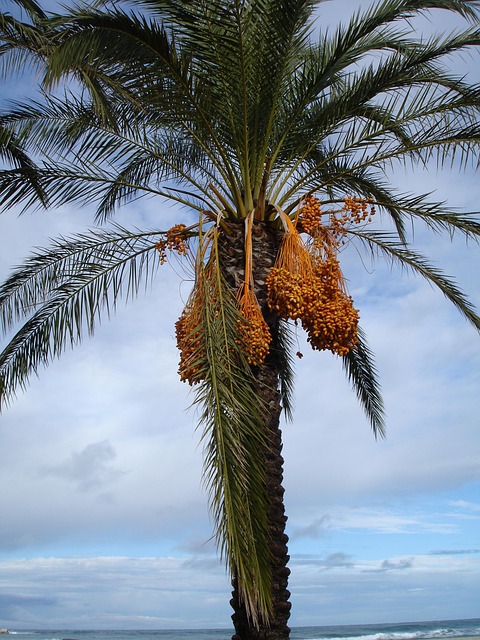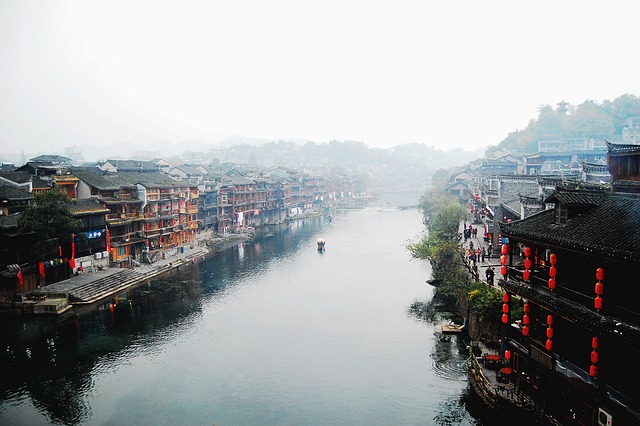Cultural hubs and arts districts are revitalizing urban landscapes globally, driving real estate markets with their unique energy and artistic essence. These vibrant centers attract artists, performers, and designers, enhancing neighborhood aesthetics, stimulating local economies, and significantly impacting property values. The demand for diverse housing options reflects the creative spirit of these districts, making them highly desirable for residents and investors alike. Investing in art districts offers unique advantages, including increased foot traffic, higher property values, and rental income potential, while fostering innovation and diversifying local economies.
In vibrant cities across the globe, cultural hubs and diverse art districts are transforming urban landscapes. These creative hotspots, with their unique atmospheres and artistic energy, drive real estate markets and offer lucrative opportunities. This article explores the profound impact of cultural spaces on property values and investment strategies, highlighting the growing synergy between art, community, and real estate. From emerging art districts to established cultural centers, understanding these trends is key for investors navigating today’s dynamic market.
Unlocking the Potential: How Cultural Hubs Drive Real Estate Markets

Cultural hubs and diverse art districts have become powerful drivers in real estate markets, reshaping urban landscapes globally. These vibrant centers attract artists, designers, performers, and creative minds, fostering a unique energy that permeates the surrounding areas. As a result, property values rise, and new developments emerge, catering to the needs of this cultural elite. The organic growth of these districts creates a demand for diverse housing options, from lofts and studios to luxurious apartments, each offering a glimpse into the artistic soul of the metropolis.
The presence of cultural hubs not only enhances the aesthetic appeal of a neighborhood but also stimulates local economies. Art galleries, theaters, and performance spaces become gathering places, drawing in locals and tourists alike, who contribute to the area’s vibrancy. This cultural infusion trickles down to real estate investments, making these locations highly desirable for both residents and investors seeking not just property but a lifestyle intertwined with creativity and expression.
The Art of Location: Exploring Diverse Art Districts and Their Impact

The art scene is ever-evolving, and one of the most dynamic aspects is the rise of diverse art districts within urban landscapes. These vibrant communities have become cultural hubs, attracting artists, collectors, and enthusiasts alike. The concept of an “art district” has transformed real estate markets, as properties in these areas command premium prices due to their unique offerings. Each district cultivates a distinct artistic identity, whether it’s contemporary galleries in industrial spaces or historic buildings showcasing traditional art forms.
Location plays a pivotal role in the success and appeal of these art districts. Proximity to cultural landmarks, easy accessibility, and an overall vibrant urban atmosphere contribute to their desirability. As a result, real estate developers and investors have taken notice, leading to increased development and renovation projects aimed at catering to this artistic community. This trend not only enhances the local economy but also creates diverse, culturally rich neighborhoods that foster creativity and innovation.
Investing in Creativity: Real Estate Opportunities Within Cultural Landscapes

Investing in creativity is a growing trend in urban development, and cultural landscapes offer significant real estate opportunities. Art districts, with their vibrant energy and diverse artistic offerings, are attracting investors who recognize the economic potential of these spaces. The transformation of industrial areas into bustling art hubs has become a global phenomenon, showcasing the power of culture to revitalize and enhance urban environments.
Real estate within cultural hubs can provide unique advantages. These locations often benefit from increased foot traffic, as art enthusiasts, tourists, and locals alike gather to explore galleries, performance spaces, and creative businesses. This heightened activity translates into potential for higher property values and rental income. Additionally, the presence of artistic communities fosters a sense of innovation and creativity that can attract other forward-thinking industries, further diversifying the local economy.






